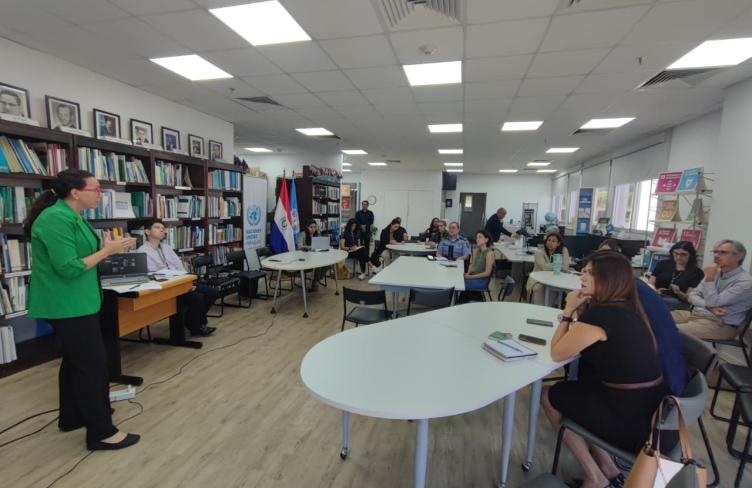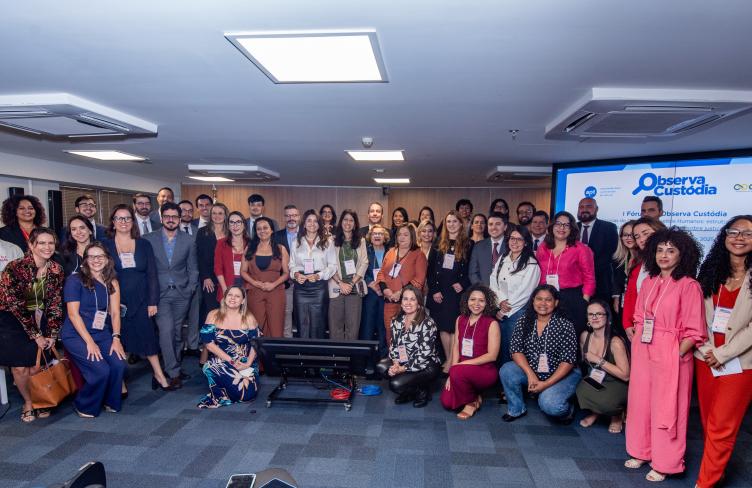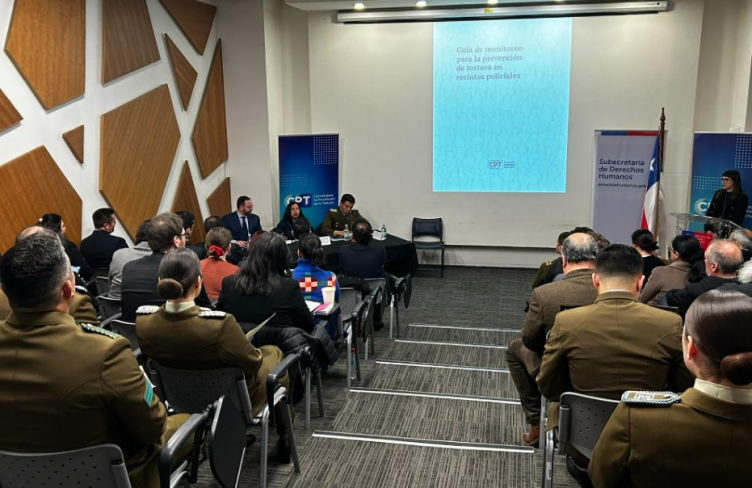
The Sustainable Development Goals cannot be achieved without considering torture prevention.
The upcoming review of Goal 16 ("promote peaceful and inclusive societies for sustainable development, provide access to justice for all and build effective, accountable and inclusive institutions at all levels"), during the meeting of the High-Level Political Forum on sustainable development from 9 to 18 July in New York, provides an opportunity to reflect on the tight links between torture prevention and sustainable development.
The 2030 Agenda for Sustainable Development not only aims to focus on the environmental, social and economic dimensions of development, it also resolves to protect human rights, rule of law, justice and equality. Prevention of torture, and other forms of cruel, inhuman and degrading treatment (CIDT), is therefore an important part of this promise. While torture appears only once in the targets of the Agenda, many of these targets are directly relevant to the prevention of torture and CIDT.
Torture and CIDT are prohibited under international law. Despite this absolute ban, no State is immune from such risk. Corruption, poor access to justice, discrimination against certain groups or lack of independent oversight of places of detention are all examples of factors that increase individuals' risk of exposure to violence, including torture and CIDT. Prevention precisely seeks to reduce these risks and factors, and therefore stop torture and CIDT from happening in the first place.
The link with the Sustainable Development Agenda is clear. How can we consider sustainable development without ensuring due respect for those seeking justice? How can we envisage sustainable and strong institutions in contexts where there is blatant contempt for the rule of law? How can exposing individuals to excessive use of force be compatible with peaceful societies?
A quick examination of the Goals and the associated targets of the 2030 Sustainable Development Agenda confirms the truism: prevention of torture and CIDT, and sustainable development are truly interdependent.
Let’s take a few examples having those deprived of liberty in mind:
- Access to food for all, particularly people in vulnerable situations (Target 2.1);
- Ensuring universal access to health care for all (Target 3.8);
- Ensuring quality education for all, and lifelong opportunities (Goal 4);
- Ensuring access to sanitation and hygiene for all, particularly for those in vulnerable situation (Target 6.2);
- Action to end all forms of discrimination, eliminate all forms of violence, and ensure reproductive health (Targets 5.1 and 5.2 on gender equality); and
- Eradication of discriminatory laws, policies and practices (Target 10.3).
All of the above are essential features of places of detention that are respectful of human rights. Furthermore, there is a strong link between poverty (Goal 1 and other targets) and torture prevention. Evidence shows that it is the poorest and more marginalised members of our societies who face a higher risk of incarceration and greater exposure to both torture and CIDT.
Sustainable Goal 16 on peaceful and inclusive societies is where the link with torture prevention is the most explicit in the Agenda. This is not the place for analysing each target and indicator of that Goal in relation to the prevention of torture and CIDT. A glance at some targets, however, shows they directly contribute to reducing the risk of torture and CIDT:
- the decrease of “all forms of violence” (16.1);
- ending “torture of children” (16.2.);
- the promotion of “rule of law” and “equal access to justice for all” (16.3);
- the reduction of “corruption” (16.5) – a topic addressed in the latest report of the UN Special Rapporteur on Torture;
- the development of “effective, accountable and transparent institutions” (16.6);
- or the promotion and enforcement of “non-discriminatory laws and policies for sustainable development” (16.b).
Equally important is target 16.a, the strengthening of "relevant national institutions", and its related indicator (Existence of independent national human rights institutions in compliance with the Paris Principles"). In 2006, an essential international instrument - the Optional Protocal to the Convention against Torture (OPCAT) - entered into force. To date, 89 states have ratified it. A key obligation of the OPCAT is the establishment of independent national institutions - the National Preventive Mechanisms - with the mandate to prevent torture and CIDT, mostly achieved through the regular monitoring of all places of deprivation and liberty. These unique institutions are not only vital to reducing the risk of abuse and violence; they also directly contribute to peaceful and inclusive societies.
If we want to ensure that no one is left behind and transform the promise of the 2030 Agenda on Sustainable Development into reality, torture prevention cannot be ignored. On the contrary. By tackling the root-causes of all forms of violence, torture prevention becomes precisely the tool bringing the most ostracised members of our societies, including persons deprived of liberty, back to an agenda where sustainability equates with respect and dignity for all.
By Mervat Rishmawi, board member of the Association for the Prevention of Torture (APT) and Jean-Sébastien Blanc, Director of Thematic Programmes at the APT.


